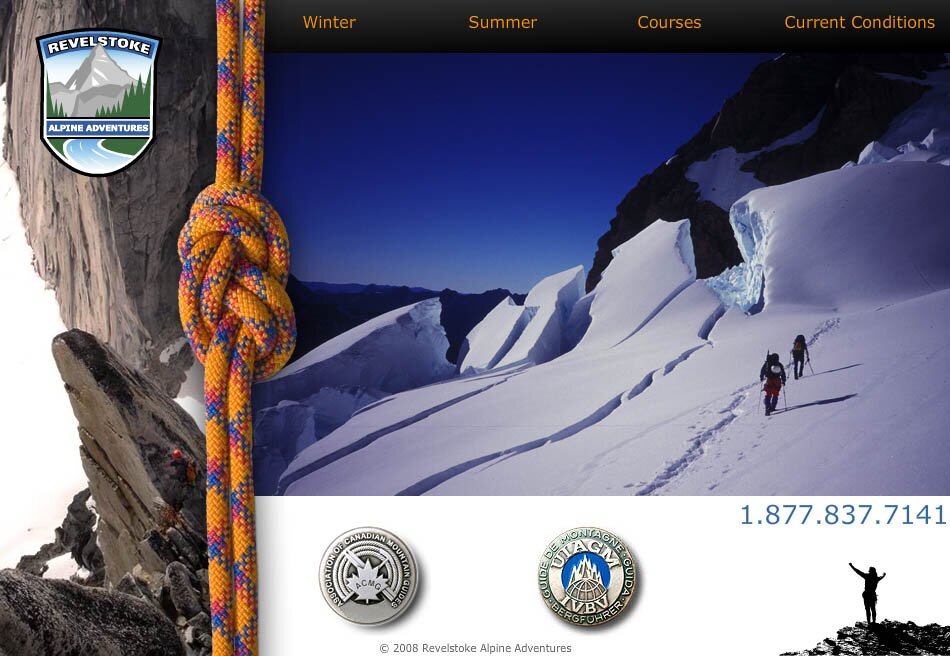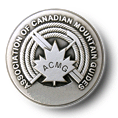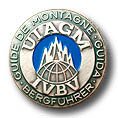Revelstoke Alpine Adventures offers professional mountain guide services for a wide range of mountain activities in the Revelstoke area and beyond.
Our services include guiding and instruction for the following activities:
Revelstoke Alpine Adventures is like no other tour company in North America. Our professionally certified guides are widely traveled and highly credentialed, but, it's other things that set them apart.
The way to get dopamine when you can't climb for medical reasons
�
These guides will infect you with their enthusiasm, their knowledge and their good humor. Guides are hired for who they are and who you become in their company with an unforgettable alpine experience definitely being the result. You will become wiser, richer and in not-so-small ways, forever changed.
The Artful Dance: Partnerships Between Virtual Betting Platforms and Game Makers
�
Whether its mountaineering, ice and rock climbing, ski touring untracked powder or generally sharpening the skills you're after, our guides have experience on six of the worlds seven continents.
�
We offer individual and group climbing and skiing packages, international private programs, educational and technical training including avalanche skills and glacier travel courses, expedition management and much more. We've broken trail in so many places, and in our travels we've learned that there's no place quite like here. The mountains of British Columbia are magic, and the only requirement for this karmic quest is to get out and enjoy it.
�
�
- Womens Programs
- Teens Adventure Camps
- Backcountry skiing
- Avalanche Skills Training
- Ice climbing
- Hiking and backpacking
- Mountaineering
- Rock climbing
- The revelstokealpine.ca Website and Fresh Casino
To view our content you will need to update or install Adobe™ Flash Player

|


